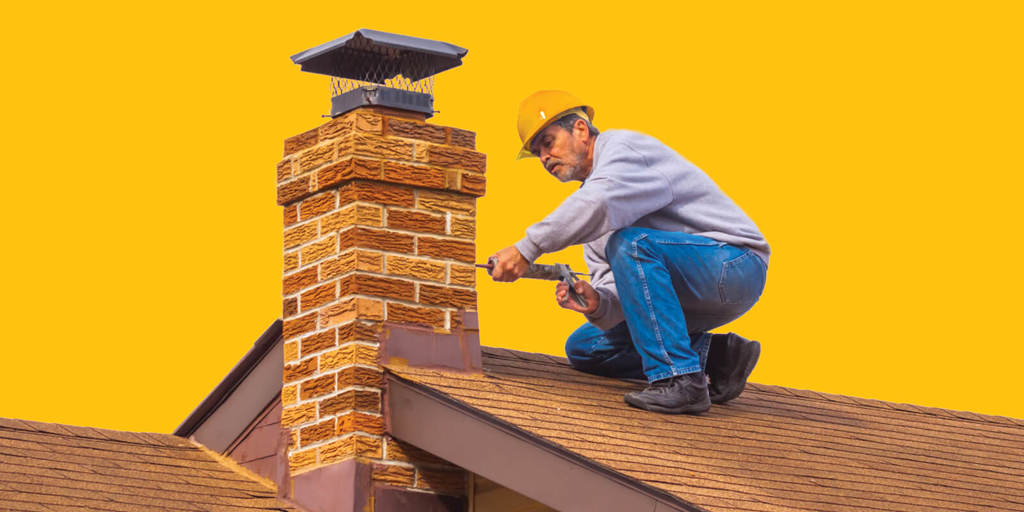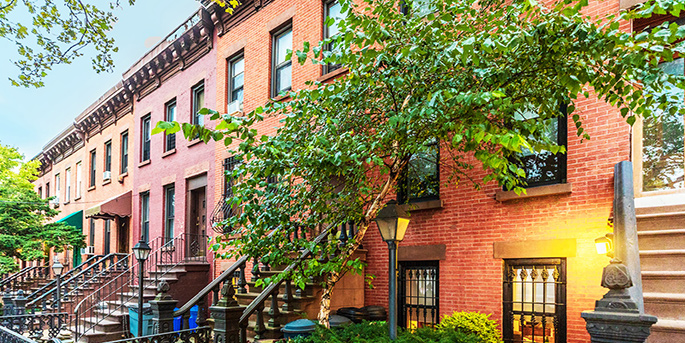8 Common Home Inspection Issues
Minute Read

Many homebuyers are shying away from home inspections because they can give you a leg up in the competitive real estate market. While your home might appear to be in good shape, a qualified home inspector may say otherwise. Before they perform their inspection, it is wise to have a general understanding of what they could encounter. Here are 8 common house inspection issues and what they might mean:
Issue 1: Improper drainage
The land around your house should slope away from your home. If your foundation is flat or if there is not enough slope (or grade) around your foundation, water cannot drain correctly. This can cause damage to your foundation and water wicking, which can result in mold and wall rotting.
Issue 2: Foundation flaws
Does your home appear slanted, or do your windows and doors stick? Place a marble on the floors inside your home. If it rolls to one side of your home, your floors may be sloped. Other indicators of foundation problems include severe drywall and exterior wall cracks, windows and doors pulling away from walls and bouncy floors.
Issue 3: Roofing and chimney issues
Aging roofs or improperly installed roofing materials can cause water leaks and damage. If your roof fails inspection, you will need to determine what repairs are necessary or if the roof needs to be replaced altogether, the cost to complete the repairs or replacement and who is financially responsible. You may have issues obtaining a homeowners insurance policy until those fixes are made, which can cause mortgage delays.
Issue 4: Faulty electrical wiring
Electrical wiring issues commonly cause house fires. Exposed, outdated or deteriorating wiring are safety hazards that often appear in older homes. The law requires ground fault circuit interrupter (GCFI) outlets in rooms with water sources, including kitchens and bathrooms. Malfunctioning GCFI outlets could indicate a significant electrical issue. In general, updating electrical systems can be very expensive.
Issue 5: Troublesome plumbing and pipes
Because many home sellers do not schedule regular plumbing maintenance, it is not uncommon for plumbing issues to appear during the home inspection. Inadequate pipework, corroded or broken pipes as well as leaks can cause severe water damage over time. Check for fundamental plumbing issues on your home tour by flushing toilets and turning on showers and faucets. While some plumbing repairs may be low in cost, pipe and other water system replacements can be more costly.
Issue 6: Termite damage
Termites can cause unexpected and costly damage to your home. They can affect the structural integrity of your home, ruin furniture and other expensive items and ruin your walls. Infection can spread quickly as they come in swarms, so make sure you’re doing your research and taking precautions to keep them out.
Issue 7: Radon
Radon can enter your home through cracks, cavities, construction joints and other compromised places. Exposure to radon can cause short- and long-term health problems, so it’s important to take the necessary steps and be consistent with radon testing. It can easily be tested through passive radon monitoring or short-term tests, which require little extra effort but can highly benefit your safety in your home.
Issue 8: Heating, Ventilation and Air Conditioning (HVAC)
Without proper oversight and maintenance, HVAC systems can have many problems that go undetected. Clogged filters, pump overrun, leaky ductwork and more can leave you and your home compromised during peak summer or winter months where you need your HVAC system to work overtime.
Pay for Unexpected Home Issues with a Loan from Members 1st
If major problems with your home inspection appear and the seller is unwilling to pay for them, do not stress over the bill. Consider applying for a personal loan to cover these unexpected expenses. If you need help with your home buying process, please contact our Members 1st Mortgage team.



